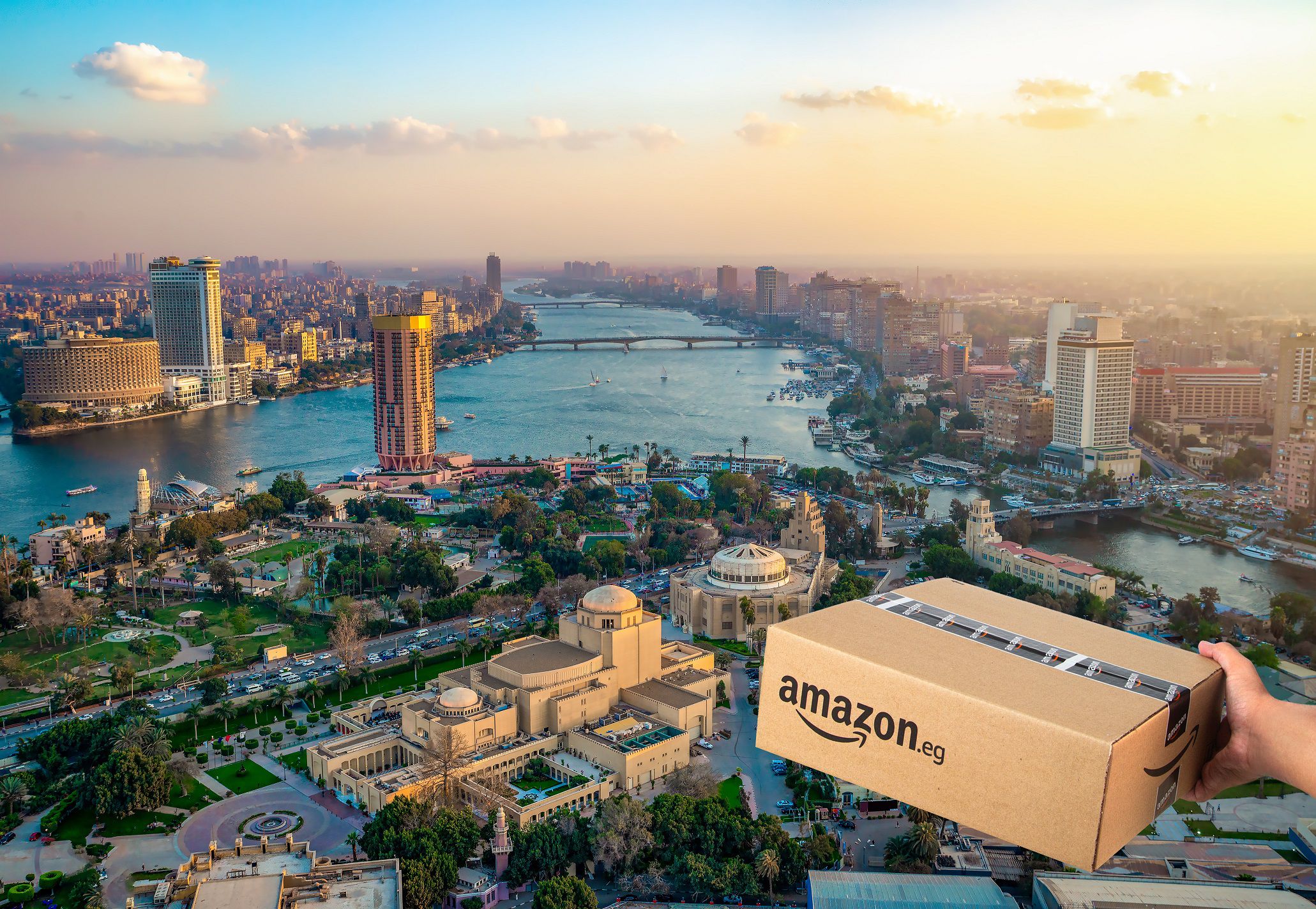
So, you want to sell products on one of the world’s leading online selling platforms: Amazon. You’re just not sure how or where to start.
Read on. This guide is for you and will show you how to sell on Amazon Egypt.
Do you manufacture your own products or source them from third parties and private label them? If so, you’re a brand owner.
Are you an apparel store that sells products from various brands, e.g., shoes from Nike, sweatshirts from Calvin Klein, and jeans from DALY? You are a reseller.
You can also be both a brand owner and reseller. In this case, your Amazon store will carry products that bear your label (i.e., your brand) and products from other brands. For instance, you can sell own-brand shirts and shirts from American Eagle, Jack & Jones, DeFacto, etc.
Which is better: brand ownership or reselling? These are selling strategies with their distinct pros and cons.
Brand ownership means access to brand-building tools. A brand is unique, and you’re the only source of your products; any other sellers are resellers. However, brand-building takes time, so you may have low sales to start.
Reselling, meanwhile, means a large inventory of products you can sell immediately and customers, those who already like the brands you carry. However, it can be challenging to break through and stand out from the crowd of resellers that sell the same brands you do.
As a seller on Amazon, you need to decide whether to fulfill orders yourself or let Amazon do all or part of it.
Fulfillment is the process of getting orders to customers. It involves everything from storing, sorting, bundling, packing, and delivering products.
Fulfillment by Amazon (FBA) is particularly worth considering if any of these are true:
With FBA, Amazon will store, sort, bundle, pack and deliver the products for you. Essentially, it will do everything that must be done to get the product from you to your customers. It will also take care of returns and customer inquiries.
How about you? All you need to do is send your products to Amazon.
Amazon is a successful brand because of its excellent and efficient logistics backbone and processes. If you want smooth fulfillment from the start – why reinvent the wheel Amazon has already perfected – opt for Fulfillment by Amazon.
As a bonus, shops on FBA are included in free shipping promos for Amazon Prime customers. The “Fulfilled by Amazon” tag can also induce customers to buy from small, unknown brands because they can be sure the product is already with Amazon (in an Amazon warehouse). It can be shipped out quickly upon checkout and returned easily if needed.
Naturally, FBA is pricier than other options. It comes with a referral fee, a fulfillment fee, and storage fees.
Easy Ship is an alternative to FBA. It can minimize costs as you pay only referral, closing, and shipping fees. You’ll pay the shipping fee anyway if you choose another delivery partner. The Amazon packaging materials will add to your cost, but you’ll buy that regardless.
With Easy Ship, you’re in charge of the different steps in the fulfillment process except delivery. Thus, you will store, organize, and package your products. Amazon will pick it up and deliver it to your customers, even accepting cash-on-delivery or credit card payments for you. If you prefer, Amazon can also handle customer returns.
Easy Ship is a good option if you have been selling products for a long time (maybe not on Amazon). You may have an extensive inventory of products, say, super soft sleep shirts you manufacture yourself and nightwear from other brands. You have a warehouse and fulfillment workflows and want to take advantage of Amazon’s efficiency (and network) to deliver products faster.
Self-ship is your third fulfillment option. This is the most flexible fulfillment strategy, as you will do all fulfillment processes yourself, even though Amazon may also handle customer returns. You’ll store and pack your products, choose carriers, and set shipping prices.
Self-ship is best if you sell irregularly sized or overly large and bulky products. This way, you can work with a carrier that provides the best balance between efficiency and cost. This is also for you if you have an established fulfillment system, say, one enhanced by last-mile delivery software that automates a significant portion of your fulfillment workflows and an expansive delivery network to ensure favorable shipping terms and rates.
As expected, self-ship comes with the lowest cost. You will pay Amazon a referral fee and, of course, buy Amazon packaging materials.
Once you have decided on a selling strategy (brand owner vs. reseller) and a fulfillment strategy (FBA, easy ship, or self-ship), it’s time to create your Amazon seller account. Prepare the following to register for a seller account on Amazon Egypt:
Prepare the above documents and proceed to Amazon Egypt to create a seller account. Once you have that, follow the instructions relevant to your selling strategy (e.g., you’ll need to register your brand if you are proceeding as a brand owner) and indicate your preferred fulfillment strategy when you create your product listings.
What comes next is building your storefront and actually marketing and selling your products.


This section of articles cover a diverse spectrum of informative and engaging content that goes beyond borders of UAE and covers the rest of the World. From insightful explorations of scientific breakthroughs and technological innovations to captivating features on cultural phenomena and lifestyle trends, these articles provide our readers with a wealth of knowledge and inspiration. Whether uncovering the latest advancements in health and wellness, sharing tips for personal development, or spotlighting intriguing stories from around the world, this category serves as a trusted source of news and information.